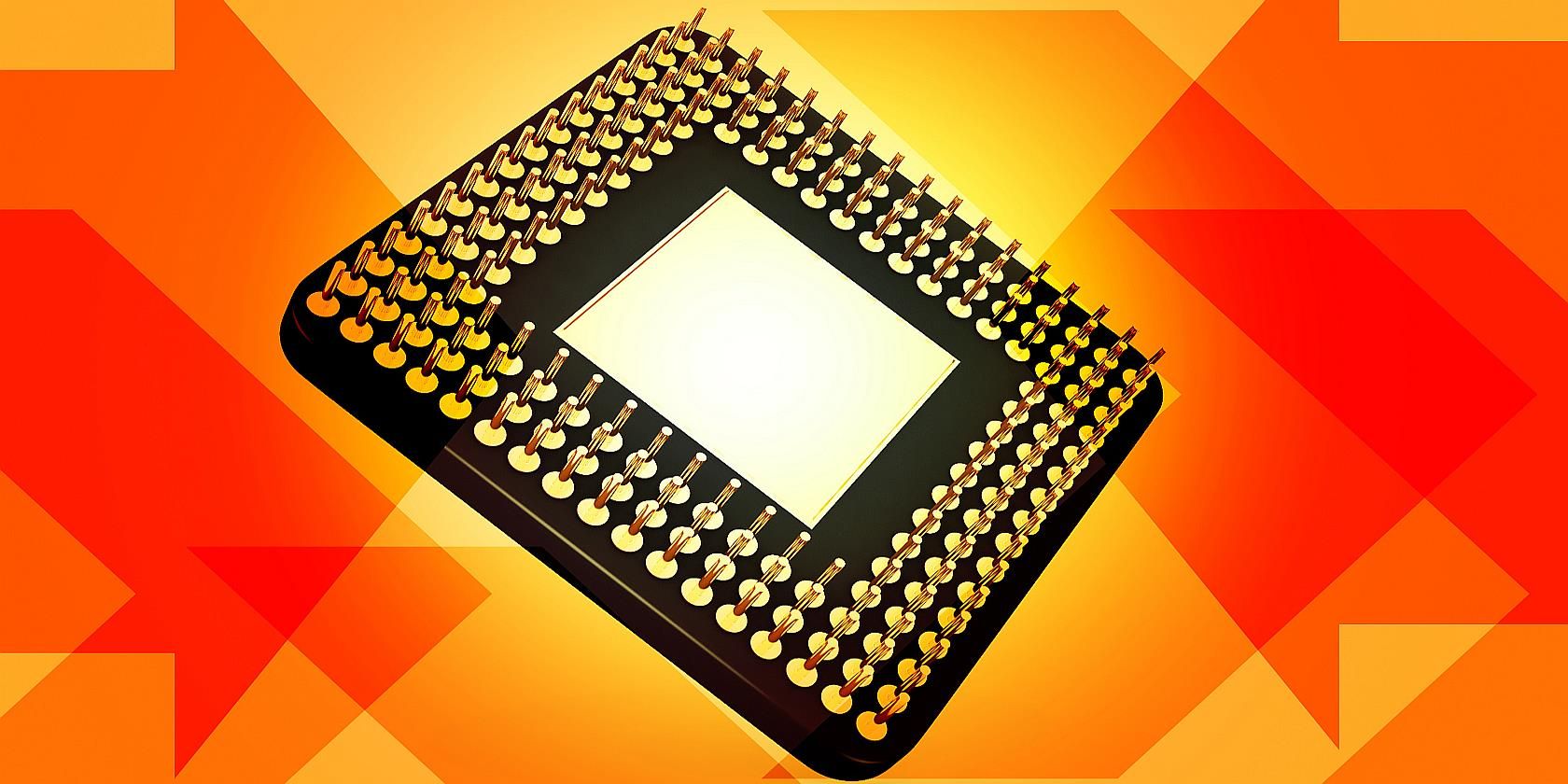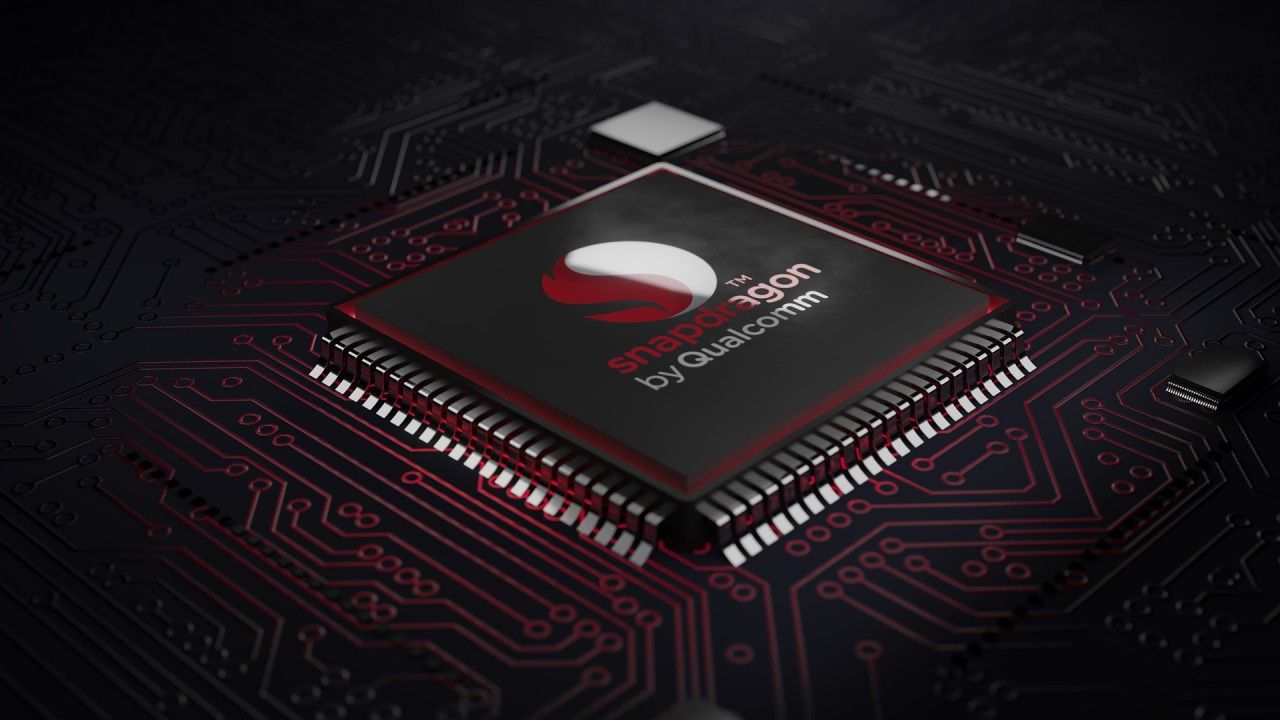When you think of buying a new smartphone, you might look at the camera specs, the battery life, the display quality, and storage. However, the processor running the device does not get as much attention as it should—especially if you are not a tech-enthusiast.
A processor, or System-on-Chip (SoC), is the brain of your smartphone. It directs and controls all functions on your device. Qualcomm's Snapdragon is the standard chipset used in most Android smartphones, but as companies start to venture outward, they're manufacturing hardware in-house.
Why Design a Custom Processor?
Smartphone manufacturers are quickly hopping on the bandwagon of designing their own processors. However, while it is common for Android phone manufacturers to use third-party chips in their devices, external chips don’t offer the same level of control and optimization capabilities that a custom chip can.
To tackle this, tech giants are taking it upon themselves to design their own chipsets for their smartphones. Having an in-house processor can benefit the brand significantly. Let’s see how.
1. Lowering Cost for Competitive Advantage
Perhaps the most obvious but significant benefit of an in-house processor is cost reduction. Procuring processors from third-party companies is expensive. This is because of the basic supply-demand law. Companies like Qualcomm and MediaTek manufacture most smartphone processors—creating an oligopoly market.
This leaves brands with less of a choice, especially when it comes to the cost of processors. Since there is no real competition, manufacturers can jack up their prices for higher profits. Building in-house chipsets help brands save these costs.
Consequently, this provides room to reduce prices on the final products. And as a by-product of saving costs and reducing prices, brands can use this new competitive leverage to gain higher sales due to increased affordability and delivering better value for money.
2. Higher Software Optimization
Android phones usually come with three years of software updates from launch, while Apple offers around five years of iOS updates. Even though brands could extend this, the inadequate future-proofing of external processors prevents them from doing so.
This is because SoC manufacturers currently design processors that can handle around three years of software updates. Pushing this further would increase engineering costs—affecting profits.
Qualcomm tried to increase the longevity of the Snapdragon 888 chip but could only achieve an extra year of security updates while supporting only 3 years of OS updates. This is one of the areas where an in-house processor can outperform external providers.
Designing an in-house processor provides more control over the end product—enabling them to extend software support. This also provides brands with the opportunity to customize processors according to their software needs. We expand on this in the next section.
3. Customizability of Processor Cores
Using custom processors, brands can customize processor cores and enhance the performance of their devices. This gives the freedom to fine-tune the devices without having to opt for a one-size-fits-all solution.
A custom SoC increases the attunement of software and hardware of a device. This ultimately means better battery life, better RAM management, new software features, better computational photography via picture processing algorithms, and more.
The two major chip manufacturers, Qualcomm and MediaTek, prioritize different things when it comes to processor cores. For instance, Qualcomm is known for its class-leading GPU performance. Smartphone brands who want the same specifications but with a higher CPU performance have to settle. This is where a custom chipset serves the purpose.
Having an in-house processor allows smartphone companies to tailor cores for specific tasks. For instance, Google has been using dedicated cores to improve different features. To name a few: Google’s Pixel Visual Core allows better processing of pictures while the Tensor Processing Unit (TPU) improves Google Assistant's responsiveness.
4. More Control over End-User Experience
All the previously discussed benefits ultimately magnify the control brands have on user experience. This is similar to the iPhone experience, wherein Apple's closed ecosystem allows the company to tailor an optimal user experience for its hardware.
While an external chip invites uncertainties and compromises, a custom chip allows companies the freedom to pick and choose what they want to prioritize in their devices. For instance, Google seeks to prioritize Google Assistant on the Pixel 6 series to improve performance and always-on capabilities. In the same fashion, Samsung uses its Exynos chip to optimize its native voice assistant, Bixby.
Designing custom silicon can enables features unique to the company ecosystem, helping to make the experience more enticing. In addition, with the elimination of an external supplier, it is one less factor that smartphone companies are reliant on and subject to.
The Rise of Custom Processors
Samsung was the first to take up this task. In 2010, the tech giant launched its first in-house processor, Exynos 3, codenamed Hummingbird. In the past decade, Samsung has proved tough competition for Qualcomm as the Exynos chipset continues to improve.
Following Samsung, Huawei launched its first in-house chip in 2012, the Hi3620, developed by its fabless semiconductor company—HiSilicon. Although Huawei has well-documented issues, it was one of Qualcomm's biggest rivals, consistently developing amazing hardware.
While it may come as a shocker to see Google jumping on the bandwagon, the tech giant has already created co-processors for the Pixel series, which are used alongside a main third-party processor. For example, Google developed the Pixel Visual Core for the Pixel 2, Pixel Neural Core for the Pixel 4, and the Titan M for the Pixel 3/4 for task optimization.
A More Integrated Ecosystem for All
It is unlikely that manufacturers like Qualcomm and MediaTek will be eliminated from the game, given their strong foothold in the SoC market. However, while giants like Googe and Samsung can afford to invest in and build custom chips for their devices, smaller companies are still dependent on external providers.
For the time being, Qualcomm remains the standard processor for smartphones in the western market, while MediaTek continues to dominate the eastern market. However, the adoption of custom chips, especially by big tech companies, can prove to be yet another trend in the smartphone industry that other companies may soon follow suit.
For the average consumer, one thing is for certain: tech will get cheaper over time. As companies find new ways to deliver more with less to survive in the super-competitive smartphone market, you can expect to get a better bang for your buck the longer you wait to make your next purchase.





